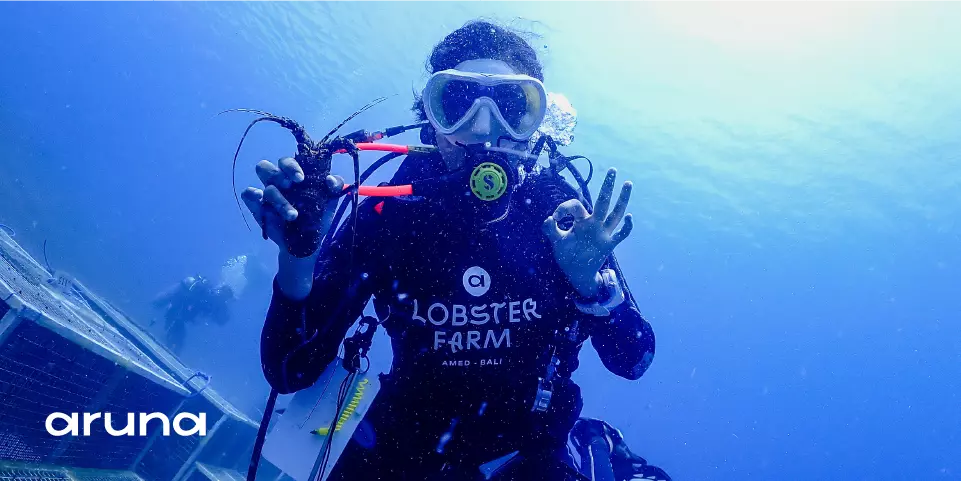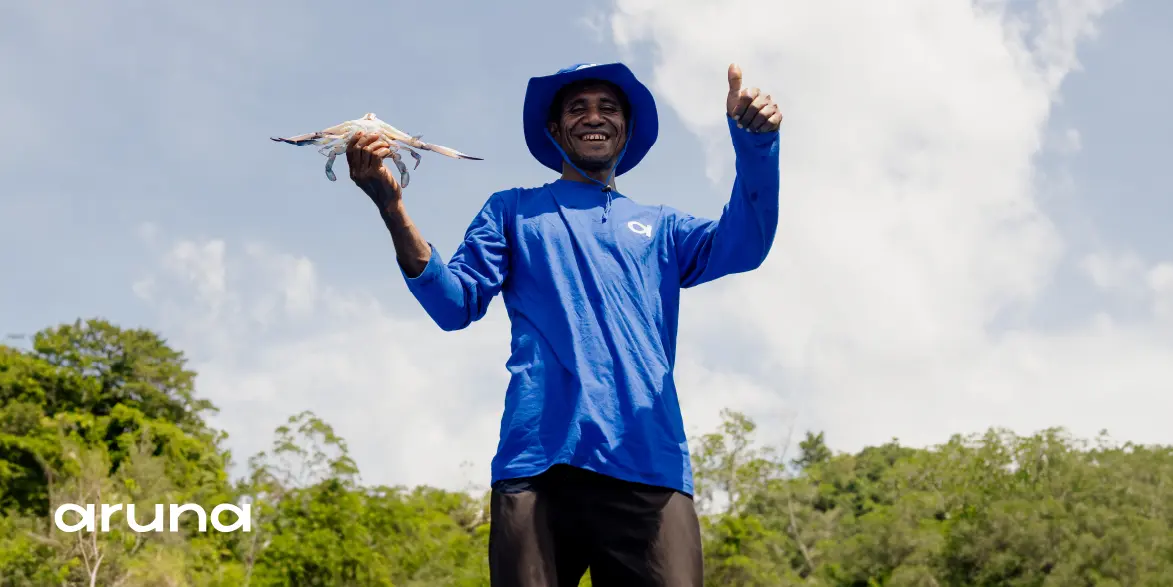Noticing the ever-growing impacts of industrial activities towards the environment, now, countries of the world are becoming more conscious of greener economic activities. What “greener” means is reducing negative impacts of economic activities towards the environment. Building up from the growing awareness of the leaders of the world, the concept of circular economy has now become a popular phrase among the top minds of the world. The commitment to apply Circular Economy also includes the marine and fisheries sector—in fact, these are one model of sustainable fisheries practice that deserves everyone’s support.
The concept of Circular Economy is one of the newest economic models that focuses on the 3Rs: Reducing, Reusing, and Recycling, as well as reducing the use of primary energy sources and waste production. The application of this concept is considered as the best strategy to recover national economic conditions after the pandemic.
Kukuh S. Achmad, theChairman of the National Standardization Agency states that all of the countries of the world have started transforming their economy to a greener approach in order to reduce the impact of economic activities towards the environment, and support long-term growth—one method of which is Circular Economy. This idea is supported by the Coordinating Minister for Economic Affairs, Airlangga Hartarto, which says that Circular Economy is actually one of the prioritized developments in the National Medium Term Development Plan of 2020-2024.
The Application of Circular Economy Also As One Model of a Sustainable Fisheries Practice
Circular Economy is in line with the application of Sustainable Fisheries of the Blue Economy. The concept of Blue Economy was first introduced by Dr. Gunter Pauli, which places the ocean as the center of economic growth and welfare improvement, as well as environment preservation. So, we can come to the conclusion that Circular Economy and Blue Economy are strongly tied to each other.
The Indonesian government, in adopting Circular Economy in its developmental vision and strategy, devised 5 priority sectors: inventorization and rehabilitation of coastal and marine ecosystems, recovery of sustainable lands, development of Green Economy, development of sustainable energy production, and management of integrated waste management. As such, the involvement of everyone in the fisheries industry in applying sustainable knowledge will help in executing government programs to apply Circular Economy as well as Blue Economy—be it for fishers, industry players, seafood suppliers, or even the society, as consumers.
Sustainability: the Key to Generating Big Impacts for the Economy and Ecology
All of the government policies that are applied are closely related to the economic impact that are caused—similar to how the Circular Economy operates. National research teams have calculated positive impacts of the success of the implementation of Circular Economy, which is quite sizable.
“In several studies and scenarios of the implementation of Circular Economy, if we start with the 5 priority sectors, would have its results in 2030 where Circular Economy would increase the GDP up to IDR 638 trillion, create new jobs, reduce CO2 emissions up to 126 million tons, and reduce water use up to 6,3 billion cubic meters,” said Airlangga.
Penerapan wawasan keberlanjutan sudah sejak awal diterapkan oleh startup Aruna bersama ekosistem pendukung perikanan yang bernama Aruna Hub. Karena Aruna melihat menjalankan konsep keberlangsungan menjadi one model of a sustainable fisheries practice yang komprehensif dan akan menyelesaikan banyak masalah secara sekaligus. Terbukti ada banyak manfaat yang telah dirasakan oleh masyarakat, di antaranya:
The implementation of conscious sustainability methods have been done by Aruna with its own ecosystem created to support the growth of fisheries called the Aruna Hub. Aruna has observed sustainability as one model of a sustainable fisheries practice that is very comprehensive and important in solving many problems at one. Some of the many benefits that are now felt by everyone include:
- Increased knowledge among fishers and coastal community members,
- Better access to wider markets,
- Better economy standards,
- Increased employment rate,
- Increase in the effective use of technology in appropriate fields,
- Better access to fresh seafood products for all members of society.
Circular Economy, Blue Economy, and Sustainability are the 3 keys to create massive impacts in the fisheries sector should they be implemented properly and comprehensively, upstream to downstream. The success of governmental involvement and support from all stakeholders and society will put Indonesia as a model country for the one model of a sustainable fisheries practice that can successfully benefit cross-sector implementations.











Leave a reply
No comments found.